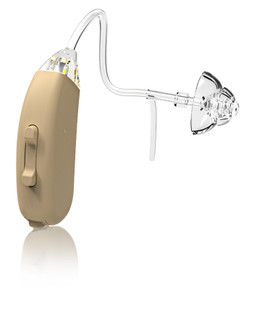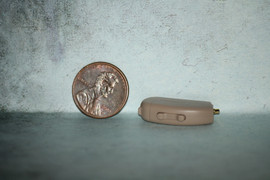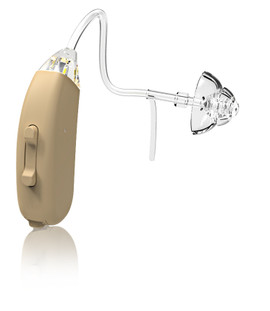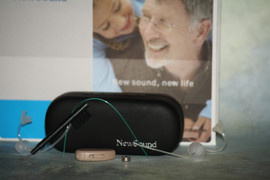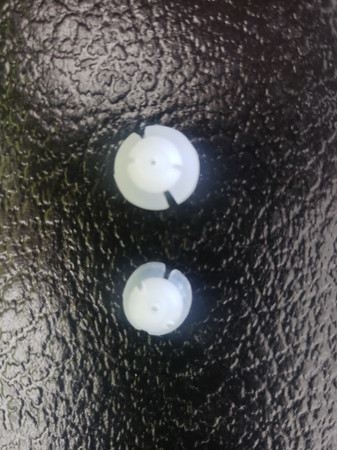Troubleshooting Your Hearing Aid: When to Replace Parts
Posted by DR Paul on Jul 10, 2023
As hearing aid users, it's not uncommon to run into problems with our devices from time to time. Sometimes, the issue can be a simple one that we can sort out easily without the need for professional help. One common issue that hearing aid users face is problems with the parts of the device. In this blog post, we'll go over some of the common parts that could need replacement, and how to know when it's time to replace them.
Hearing Aid Batteries:
Hearing aid batteries are the most common part that needs replacement. While most hearing aids come with non-rechargeable batteries, some have rechargeable ones. Whether rechargeable or not, batteries need replacing every so often. If you find that your hearing aid starts to sound faint or stops working, the first thing to do is to check whether the battery needs replacing. When looking for replacement batteries, ensure that you're buying the correct size and type specified in your device's manual (Hearing Aid Batteries).
Hearing Aid Tubing:
The tubing that transmits sound from the hearing aid into your ear canal can also become damaged or worn out. If you notice a reduction in the sound quality or muffled sound, it could be due to a damaged tube. Replacing the tubing can be a DIY job, but it's essential to ensure that you're buying the correct size for your device. If you're unsure, it's best to consult with a hearing aid professional (Hearing Aid Tubing).
Hearing Aid Straps or Clips:
Some hearing aids come with clips or straps that hold the device in place. Over time, these clips or straps can become loose or break, leading to the device falling out or slipping out of place. If you notice your hearing aid isn't secured correctly, it's time to replace the clip or strap. Most hearing aid manufacturers sell these as replacement parts, and they're usually inexpensive (Hearing Aid Clip).
Hearing Aid Domes/Tips:
The dome is the small piece that fits into the ear canal, preventing sound from leaking out. These can become discolored, torn, or damaged over time. If you notice that your device isn't fitting comfortably, or you're experiencing feedback or whistling, it could be due to a damaged dome. Domes come in various sizes, so ensure that you're buying the correct one for your device (Hearing Aid Domes/Tips).
Hearing Aid Microphone:
The microphone is the part of the device that picks up incoming sounds. Over time, this part can become clogged with wax or other debris, leading to reduced sound quality. In some cases, you may be able to clean the microphone yourself using a brush or a small tool. However, if you're unsure or uncomfortable doing it yourself, it's best to consult with a hearing professional.
Conclusion:
Identifying and replacing damaged or worn-out parts in your hearing aid can extend the lifespan of your device and ensure optimal performance. Understanding the signs of when to replace batteries, tubing, straps, domes, and microphones can also save you from unnecessary frustration and expense. If you're unsure about any aspect of your hearing aid's maintenance or troubleshooting, don't hesitate to consult with a professional. If you're experiencing problems with your hearing aid, always try the simple fixes first, such as checking the battery or replacing a clip or dome. With a little extra care and attention, you can keep your hearing aid working like new for longer.

